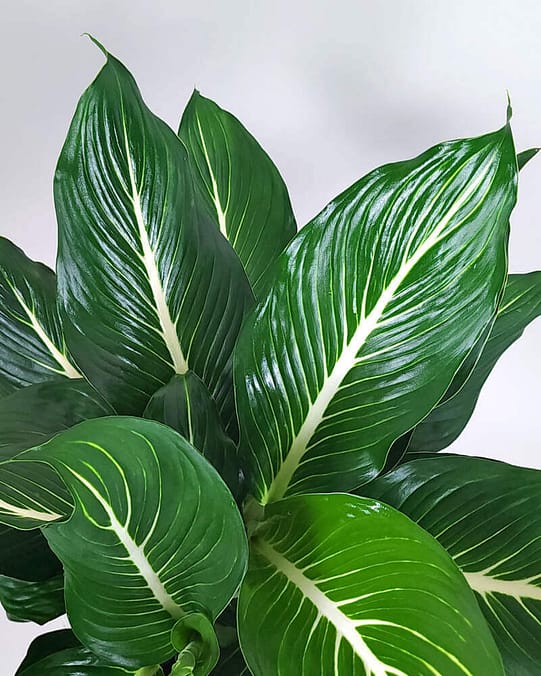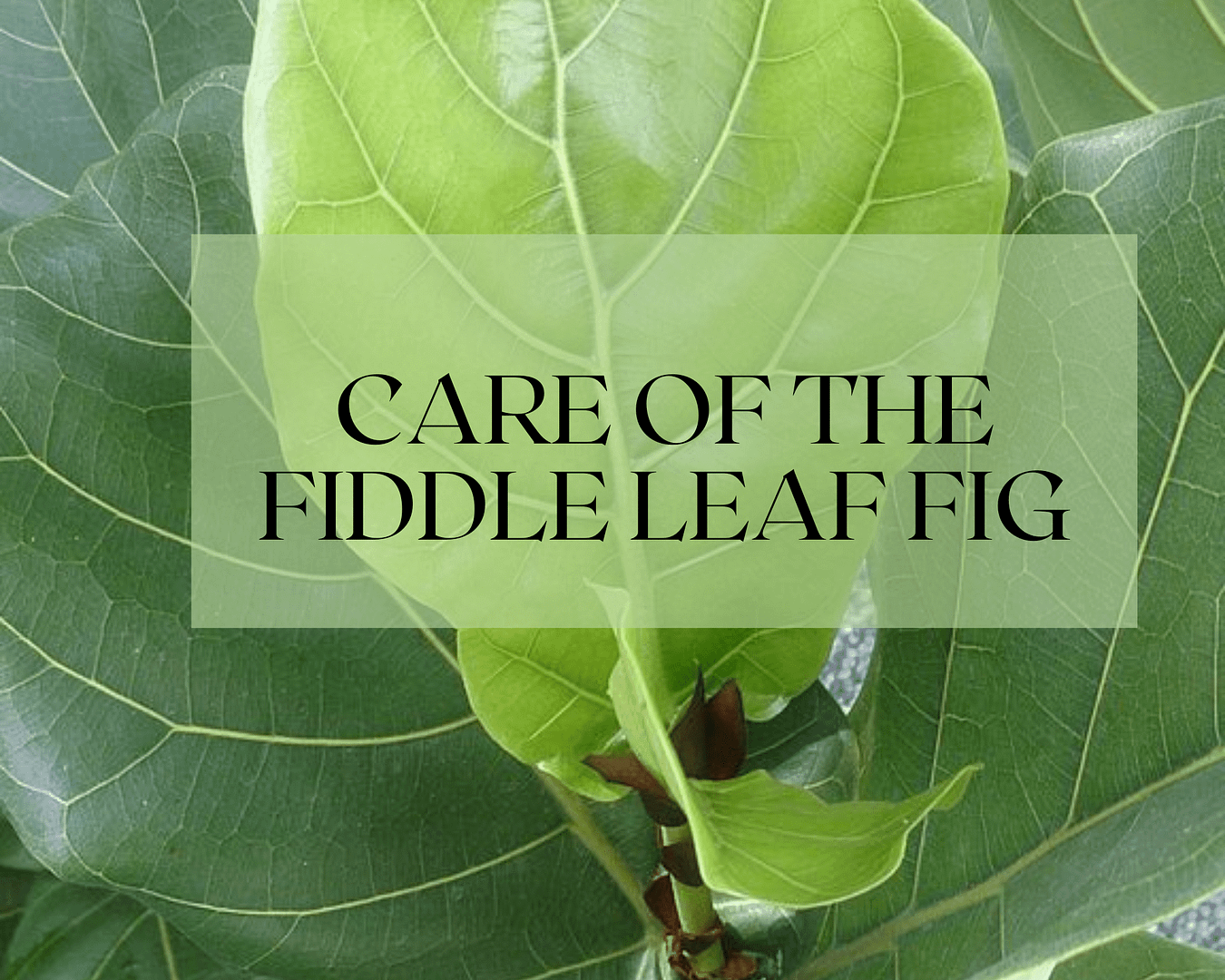This post may contain affiliate links. As an Amazon Associate we earn from qualifying purchases.
Dieffenbachia (Dieffenbachia spp.) is one of the most popular houseplants today, and for good reason: it’s easy to care for.
But only if you care for it properly. So, let’s bring you up to speed on dieffenbachia care, problems you might encounter and even how to propagate dieffenbachia.

Light and temperature requirements for dieffenbachia care
The rumors are true: The dieffenbachia needs very little sunlight to remain among the living. It will not, however, achieve the spectacular heights that it’s capable of reaching (6-feet).
Nor will the variegated leaf varieties achieve the color and level of variegation that make the plant so popular.
Provide the dieffenbachia bright but filtered sunlight during spring and summer and, once late fall rolls around, move it to a spot that gets direct sunlight.
Normal household temperatures are acceptable to the dieffenbachia (60 to 75 degrees Fahrenheit, although it is hardy to 40 degrees). Try not to place the plant near a door that’s frequently opened to avoid drafts.

Water and humidity for your dieffenbachia
Water the Dieffenbachia when the first 2 inches of soil is dry. Ensure that the potting soil drains well and give it enough water that the excess drains from the bottom of the pot.
Dieffenbachia hails from the tropics (like most houseplants), so it does require humidity. Either grow it on a humidity tray or provide a humidifier in the room where it’s growing. We provide additional ideas on how to provide humidity for houseplants, here.

Required nutrients in the care of dieffenbachia
Fertilize your plant once a month from March to September. An all-purpose houseplant food (3-1-2 is ideal), diluted to half the recommended strength will be sufficient.
If the dieffenbachia’s leaves curl and turn brown along the edges, dilute the fertilizer a bit more the next time you apply it.
Additionally, flush the soil by running water through it continually until it gushes from the bottom of the pot. Does it go without saying that you should do this in the bathtub or outside?

Dieffenbachia propagation
When you own one dieffenbachia and if you care for it properly, you’ll never have to buy another. Propagation is so easy.
First, your plant may produce pups. These are small new plants that pop up in the soil near the base of the mother plant. These can be carefully dug up and severed from the mother plant (use sharp scissors or snips). Ensure that you take roots with the young one.
Then, pot it up in its own pot of well-draining potting mix. Don’t forget the dieffenbachia care tips.
Overgrown dieffenbachia sometimes have a tendency to develop a bend in the stock. While you can cut it at the bend and then plant the removed part, you can also root the removed portion in water.
It produces roots quickly but wait until it has a lot of roots before planting it in soil.

Common dieffenbachia problems
Yellow leaves on the bottom of the plant may be the result of either excess moisture loss (typically occurs in winter when the home is warm) or stem rot. Increase the humidity in the room for the former and follow the instructions here if you determine that the plant has root rot.
Curling or drooping leaves, as mentioned earlier, may be an indication of too much fertilizer or accumulated salts in the soil. If the leaves become droopy and fall off the plant without turning yellow, it may be cold. Maintain at a temperature of at least 55 degrees.
Brown tips on leaves may be caused by inconsistent watering. Water regularly, remembering to allow the top few inches of soil to dry between waterings.
Slow or no growth is caused by too little light.
White, cottony-like masses or a shiny, sticky substance on the leaves are a telltale sign of mealybugs. Use a cotton swab dipped in rubbing alcohol for small infestations. Ensure you’re dabbing the mealybugs and not the plant.
You’ll need to repeat the process several times before it will clear up the problem. Even then, it may not work.
For larger infestations, you’ll need to use an insecticide. Southern Ag Triple Action Neem Oil (available at Amazon.com) is ideal to use against mealy bugs and, because it contains a miticide, you can also use it to control spider mites.
Speaking of which, you’ll know the dieffenbachia has them if you notice webbing on the undersides of leaves.
Warning: The sap of the dieffenbachia contains oxalic acid, toxic to humans and animals. The tongue and throat may swell if a sufficient quantity of the leaves are ingested. If you are concerned that your child may have eaten the plant, call the National Poison Control Center, 1-800-222-1222, or 911, immediately.
Mention of a fertilizer or pesticide, or use of a pesticide or fertilizer label, is for educational purposes only. Always follow the product’s label directions attached to the container you are using. Be sure that the plant you wish to treat is listed on the label of the pesticide you intend to use. And observe the number of days between pesticide application and when you can harvest your crop.
Feature photo: Jerzy Opioła CC BY-SA 3.0, from Wikimedia Commons



